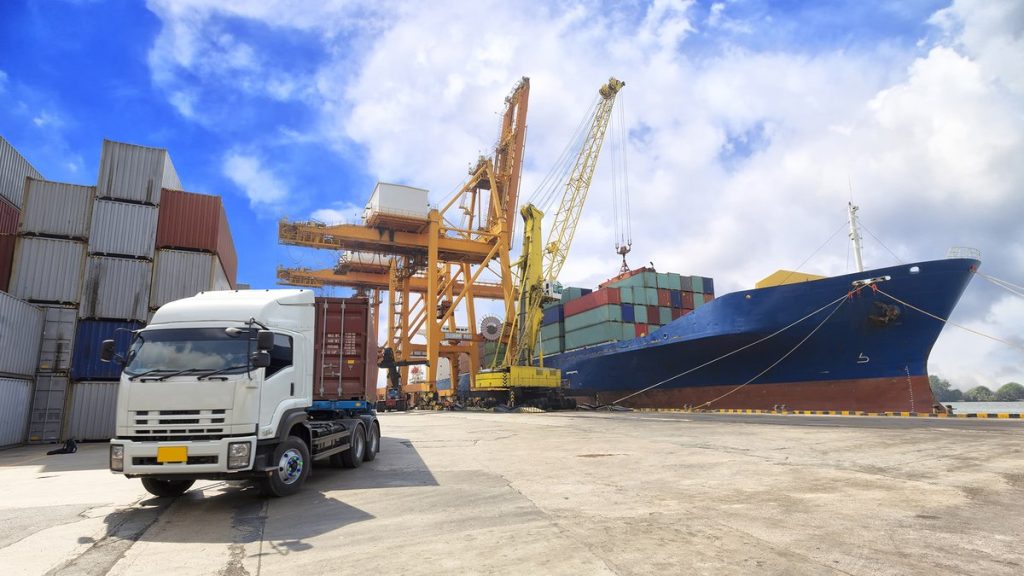As cyber-threats continue to evolve in sophistication and frequency, organizations must leverage every available tool to protect their digital assets. Digital forensics, which involves the collection, preservation, analysis, and presentation of digital evidence, plays a critical role in identifying, responding to, and mitigating these threats. It serves as both a reactive and proactive measure, helping organizations to not only address security incidents but also to enhance their overall security posture. One of the primary contributions of digital forensics to cybersecurity is its ability to provide a detailed understanding of how a cyber-incident occurred. By meticulously analyzing digital evidence, forensic experts can reconstruct the sequence of events leading up to a breach. This reconstruction is crucial for identifying the attack vectors and techniques used by cybercriminals. Understanding these methods enables organizations to strengthen their defenses against similar future attacks. For instance, if a forensic investigation reveals that an attacker exploited a specific vulnerability in a software application, the organization can prioritize patching this vulnerability and implementing additional safeguards to prevent recurrence.

Digital forensics also plays a vital role in incident response. When a cyber-incident occurs, swift and effective response is essential to minimize damage. Forensic experts are often called upon to identify compromised systems, determine the extent of the breach, and collect evidence that can be used in legal proceedings if necessary. This rapid response capability is crucial for containing the incident and preventing further damage. Moreover, the evidence collected during the forensic investigation can be invaluable for law enforcement agencies in their efforts to apprehend and prosecute cybercriminals. Without digital forensics, many cybercrimes would go unpunished, encouraging further malicious activities. Another significant aspect of digital forensics in cybersecurity is its contribution to compliance and regulatory requirements. Many industries are subject to stringent data protection regulations that mandate the protection of sensitive information and the reporting of security incidents. Digital forensics ensures that organizations can meet these requirements by providing the necessary evidence and documentation to demonstrate compliance.
Proactively, alias cybersecurity in digital forensics aids in threat intelligence and risk management. By analyzing past incidents and patterns of cyber-attacks, forensic experts can identify trends and emerging threats. This intelligence can be used to inform an organization’s cybersecurity strategy, allowing it to anticipate and prepare for potential future attacks. Additionally, digital forensics can help organizations assess their vulnerabilities and develop targeted mitigation strategies. For example, forensic analysis of phishing emails can reveal common tactics used by attackers, enabling the organization to train its employees to recognize and avoid such threats. In conclusion, digital forensics is an indispensable component of modern cybersecurity strategies. Its ability to uncover the details of cyber incidents, support incident response, ensure regulatory compliance, and contribute to threat intelligence makes it a critical tool for protecting digital assets. As cyber threats continue to grow in complexity, the importance of digital forensics will only increase, making it essential for organizations to invest in robust forensic capabilities to safeguard their operations and data.


